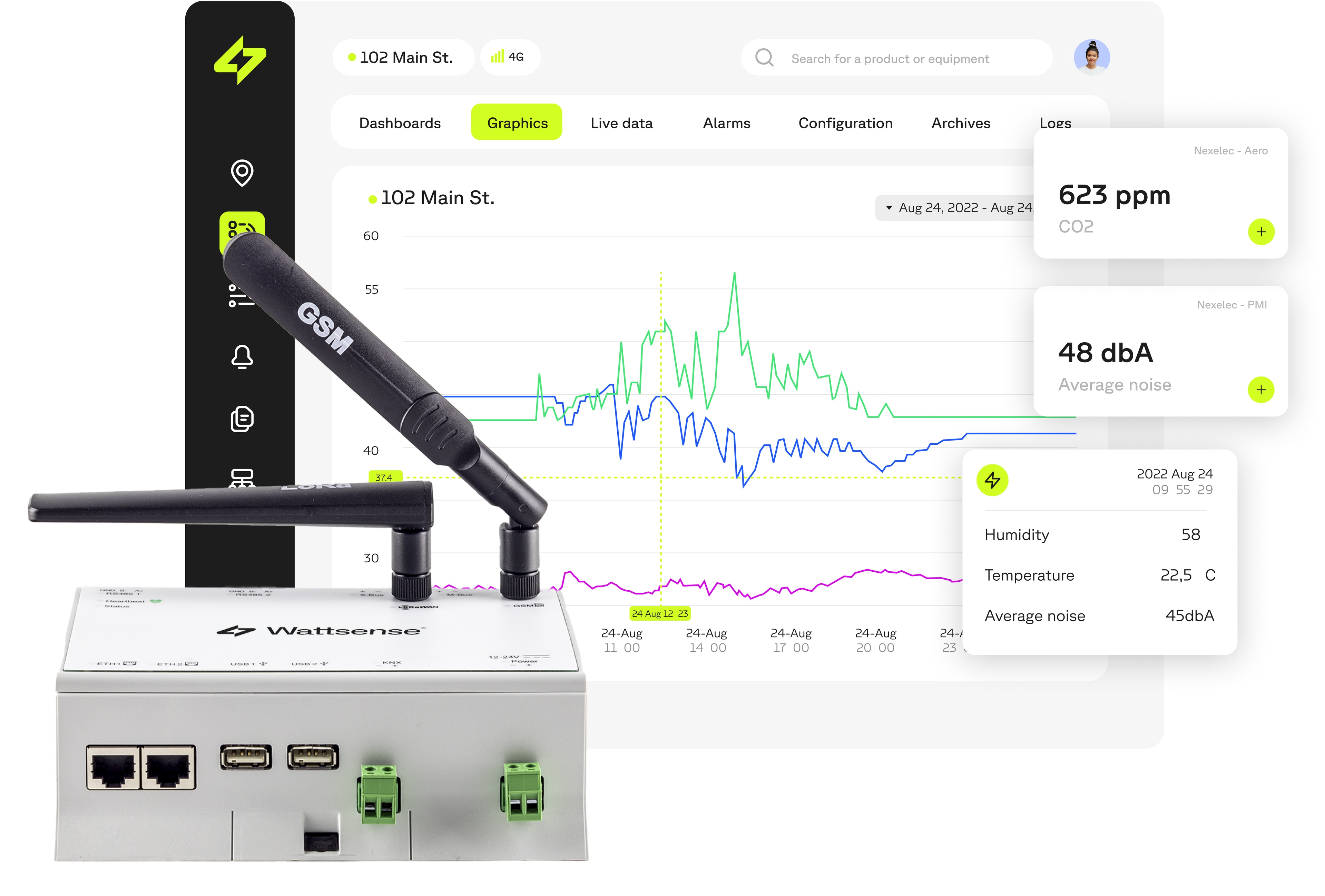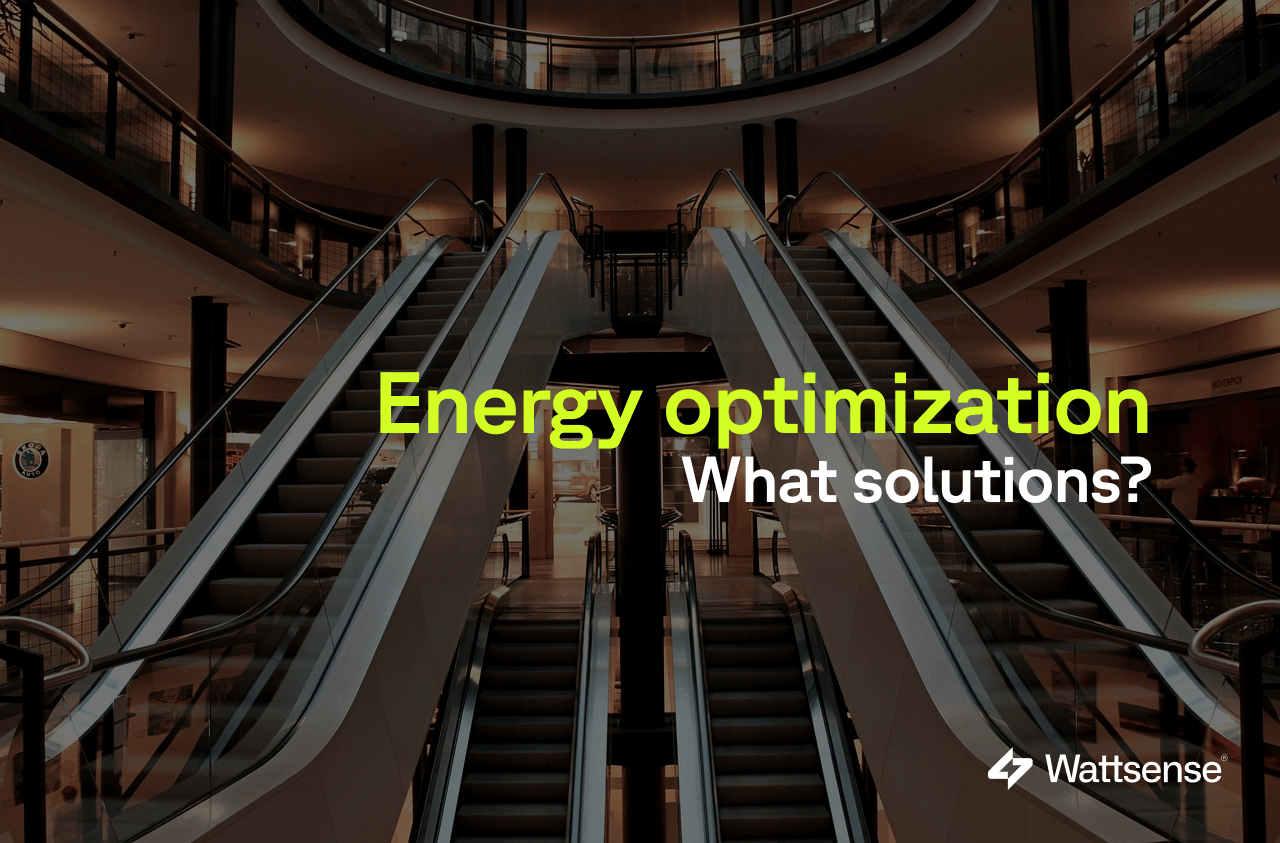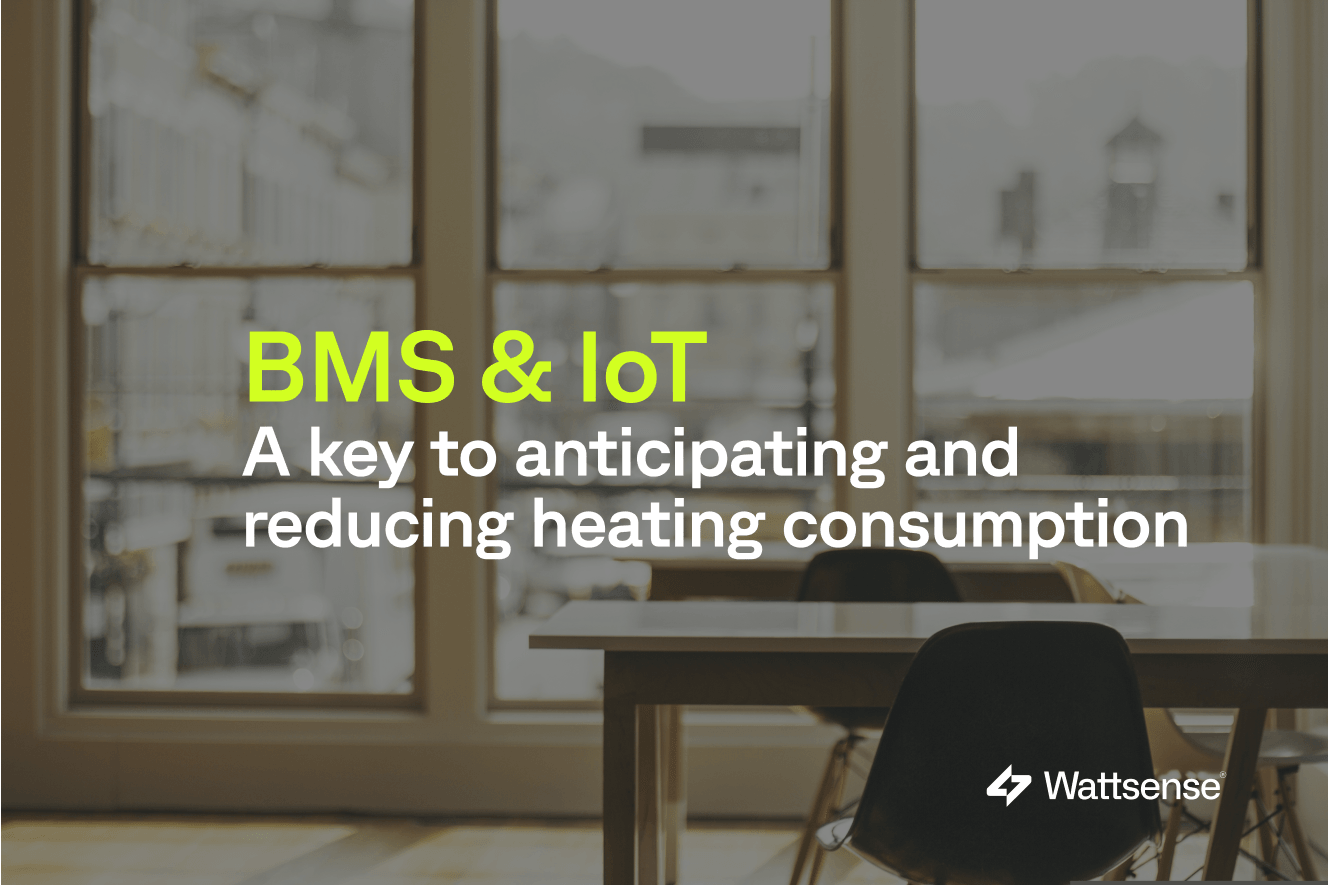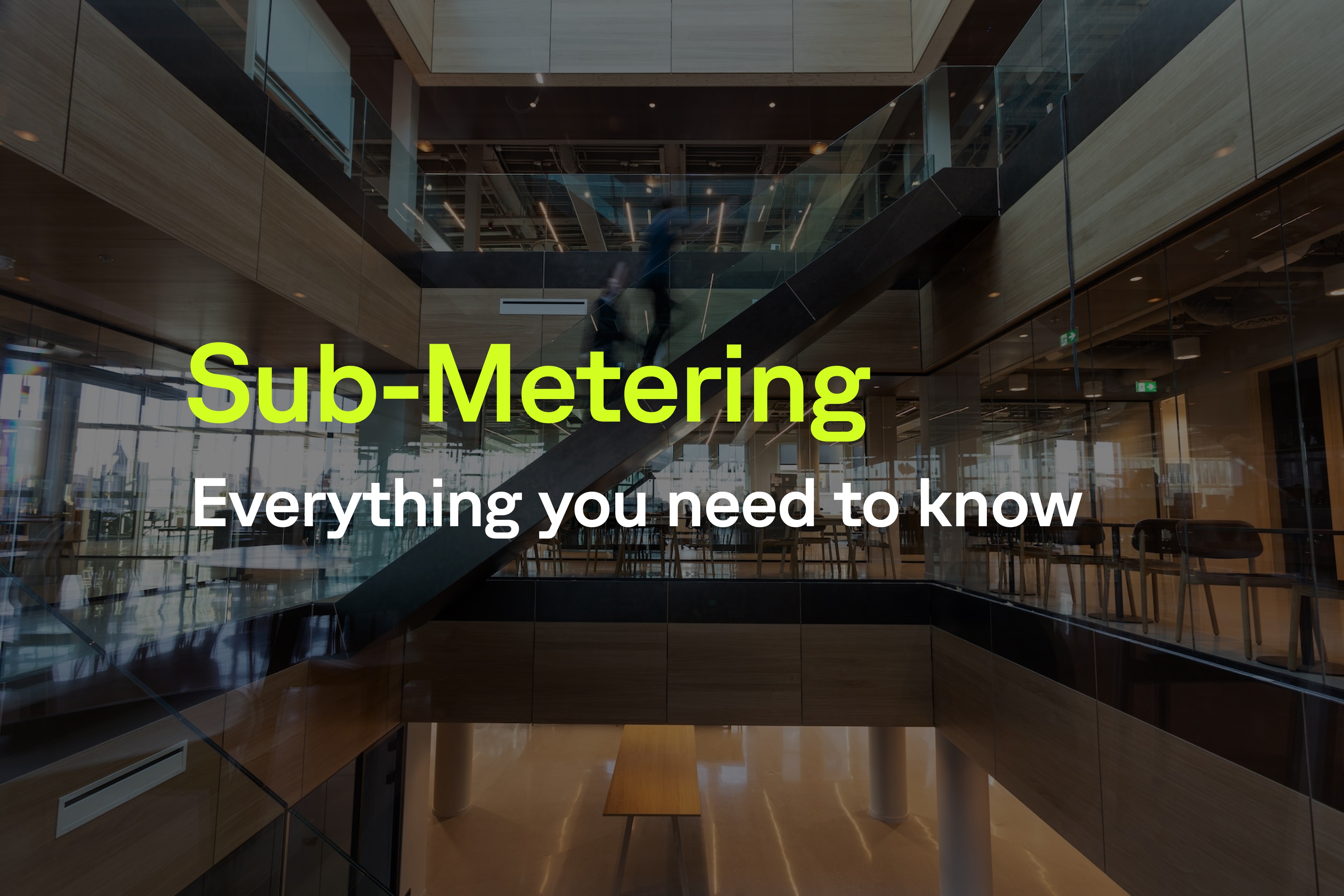HQE Certification: Reduce Buildings' Environmental Impact Effectively

Over time, the construction and building sector has mobilized to tackle the significant challenges posed by the climate crisis and human impact on the planet. In the last thirty years, we've witnessed the emergence and growth of certifications, standards, and labels that assure a commitment to more sustainable building management.
Introduced in 2002, the French HQE label has become one of the most popular certifications in our country, and for good reason. It signifies the assurance of sustainable and financially viable buildings.
What is the HQE Label?

The HQE label, or High Environmental Quality, is a certification that guides building developers and owners in their efforts to reduce the environmental impact of their buildings.
This French environmental certification, established in 2002 by the HQE association, comprises stakeholders in the construction industry. The association was formed in 1996 to establish a reference framework for sustainable development in the building sector. Concurrently, the association contributed to standardization efforts leading to the publication of an NF standard.
The HQE label aims to contribute to environmental transition. Seeking HQE certification involves a long-term commitment for entrepreneurs or owners: the label evolves, and buildings can progress through different levels of the label.
The HQE approach promotes sustainable construction: minimizing carbon footprint, environmental respect, and ensuring optimal quality of life for occupants. This label applies to both commercial and residential buildings.
The HQE approach promotes sustainable construction: minimizing carbon footprint, environmental respect, and ensuring optimal quality of life for occupants. This label applies to both commercial and residential buildings.
Who Grants the HQE Label?
The HQE label is awarded by two certification bodies: Certivea and Cerqual. These independent entities play a crucial role in ensuring the impartiality and reliability of the label.
Certivea, which became a Mission Enterprise in 2022, operates as a subsidiary of CSTB, the Scientific and Technical Center for Building. Certivea certifies buildings and infrastructure.
Cerqual Qualitel certification, an extension of the Qualitel association, focuses on awarding the HQE habitat label for residential buildings.
The 4 Commitments of the HQE Label
The HQE label aims to minimize the environmental impact of buildings while ensuring quality and comfort for users. It is based on a series of commitments aligned with the sustainable development goals set by the UN.

Source: https://www.hqegbc.org/wp-content/uploads/2021/05/DEMARCHE-AMENAGEMENT-EN-5.pdf
14 environmental quality targets
The 14 targets of the HQE label cover various areas crucial for the construction and renovation of buildings, categorized into four distinct groups.
1. Eco-construction targets, consisting of three:
- Effective project management for construction or renovation: ensuring efficient and responsible management of projects, and maintaining harmonious relationships with the environment.
- Integrated selection of construction processes and products: choosing materials and technologies with minimal environmental impact.
- Low-impact construction sites: managing sites to minimize noise, pollution, and waste.
2. Eco-management targets, comprising four:
- Energy efficiency: planning for reduced energy consumption.
- Water management: demonstrating rational water use and management.
- Business waste management: implementing waste reduction and recycling initiatives.
- Maintenance and upkeep: ensuring continuous maintenance to preserve environmental qualities.
To read: How to Reduce Building Energy Consumption?
3. The four comfort targets:
- Hygrothermal comfort: involves regulating temperature and humidity for optimal occupant well-being.
- Acoustic comfort: reducing indoor noise disturbances is the objective pursued by this target.
- Visual comfort includes optimizing natural and artificial lighting.
- Olfactory comfort: indoor environments should not suffer from unpleasant odors. Their elimination or the implementation of effective ventilation is key to achieving this.
4. Finally, the HQE standard determines three health targets:
- Air health quality through effective pollution risk management.
- Water health quality: managers must ensure that water within the building is clean and safe or work towards this goal.
- Space health quality focuses on the overall cleanliness of indoor spaces.
The 4 Commitments:
In 2015, to better explain the specific objectives of the HQE label, four commitments were added to complement the 14 targets:
- Environmental respect: is achieved through the responsible use of resources and energy and the limitation of polluting emissions.
- Quality of life: this pillar of the label focuses particularly on occupants' safety and premises' cleanliness, through facilities and services that promote comfort and practicality.
- Economic performance: this aspect involves optimizing costs and expenses throughout the building's life cycle. The building itself sees an increase in value through its environmental efforts and contributes to the development of the surrounding area.
- Responsible management: the building's organization is tailored to performance and quality objectives. This commitment is based on project mastery from realization to operation, as well as the implementation of evaluation procedures for continuous improvement.
How to Obtain the HQE Label?
To obtain the HQE label, the developer or owner of a building must commit to a long-term process, following several steps.
Applying for the HQE label:
The first step is to make an official request to the certification body, Certivéa. This request is accompanied by detailed supporting documents about the project, focusing on environmental and sustainability aspects. Once the application is accepted, several audits will be commissioned.
Audits at each stage of the real estate project:
The HQE certification process involves audits at each stage of the project's progress.
The programming and design phases: Each of these phases undergoes a documentary audit through sampling. While not all aspects are fully examined, samples of various project elements are thoroughly investigated, particularly in their environmental and sustainable dimensions.
The construction phase: During this phase, an external and independent auditor, appointed by Certivéa, visits the site at various stages of construction.
Based on these audits, the label will be awarded or not, and its level of commitment will be determined.
new audits are conducted.
The Three Levels of the HQE Label:
The HQE label offers three levels of certification.
- The building can be labeled HQE "Base" if it achieves seven of the 14 targets.
- It will be a "performant" HQE with 11 targets achieved.
- And "very performant" HQE if it achieves all 14 targets.
Of course, as mentioned earlier, the label is evolutionary. It is possible to see a building initially labeled "Base" and then, through constant efforts, move up. For each level change, new audits are conducted.
The Cost of the HQE Label:
The cost of HQE certification depends on the size and complexity of the project. However, it can be estimated at between €15,000 and €20,000 for an area of 10,000 m2. This cost is similar to that of a certification like BREEAM.
But this cost seems minimal compared to the many benefits it can bring.
The marketing of all or part of an HQE building is much easier today than that of a non-certified building.
The HQE label, with its 14 targets, addresses —almost— all environmental aspects. In this regard, it is ahead of regulations. There is no need for emergency upgrading; the next regulatory changes are already planned.
Finally, the HQE label enhances the building: higher rents, lower energy expenditure, and guaranteed profitability.
Easily get the HQE Label with Wattsense:
You can avoid many works and procedures to obtain the HQE label with Wattsense. This innovative solution helps you optimize building management without undertaking heavy renovation work on technical equipment to meet the label's demanding criteria.

The Wattsense solution, optimized building management:
By integrating advanced technologies, this solution allows building managers to efficiently control and improve environmental performance.
Wattsense's universal compatibility with all market equipment, sensors, and meters enables it to centralize all relevant data in one place. On a single console, you can analyze and control electricity, water consumption, etc. It is also possible to integrate all this data into other systems like a Building Management System (BMS) or an Energy Management System (EMS).
Wattsense's Contribution to HQE Label Targets:
Wattsense particularly helps achieve three of the fourteen HQE label targets.
Eco-management:
By providing tools for better monitoring and management of energy, water, and equipment maintenance, Wattsense helps minimize buildings' environmental impact.
Comfort:
The Wattsense solution, combined with IoT sensors, gives you access to all the data and functionalities needed to establish optimal comfort in terms of temperature, lighting, and acoustics.
Health:
Finally, through centralized management of all your sensors, Wattsense enables continuous control of indoor air and water health quality, contributing to maintaining the building's health indicators green at all times.
Read: Ibis Hotel improves sanitary risk management thanks to the Wattsense solution.
Wattsense is thus a preferred partner for companies seeking to obtain HQE certification for their buildings. With its ability to centralize and effectively manage buildings' environmental data, and its solution's connectivity with over 900 pieces of equipment, Wattsense enables optimized management of energy and water while actively contributing to occupants' well-being.
Want to learn more about the Wattsense connectivity solution?
Discover our solution


